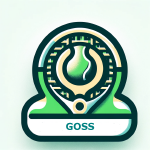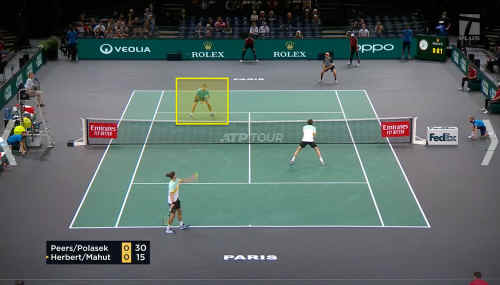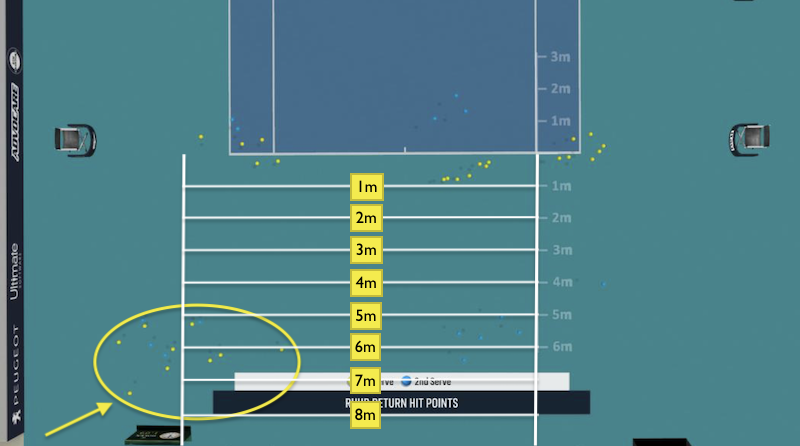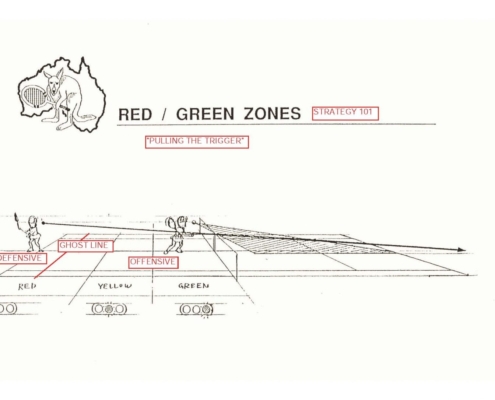Potassium is a vital mineral and electrolyte that plays a crucial role in numerous bodily functions.
It is key to maintaining proper nerve function, muscle contraction, and heart function. Potassium also plays a significant role in maintaining fluid and electrolyte balance within the body.
Here’s an expanded discussion on the importance of potassium, its functions, and implications of its imbalance:
Functions of Potassium
1. Nerve Function: Potassium ions are essential for the transmission of nerve signals throughout the nervous system. These signals are crucial for various activities, from simple reflexes to complex motor movements and brain functions.
2. Muscle Contraction: Potassium aids in muscle contraction, making it indispensable for normal muscle function, including the heartbeat. Proper levels of potassium ensure smooth and coordinated muscle movements.
3. Heart Function: It helps regulate the heartbeat. Adequate potassium levels ensure that the heart beats regularly and efficiently, pumping blood throughout the body.
4. Fluid Balance: As an electrolyte, potassium plays a significant role in maintaining the body’s fluid balance. It helps regulate the balance of fluids inside and outside of cells, which is vital for normal cellular function.
5. Electrolyte Balance: Alongside sodium, chloride, calcium, and magnesium, potassium contributes to the body’s overall electrolyte balance, crucial for sustaining life.
Implications of Potassium Imbalance
1. Hypokalemia (Low Potassium): Symptoms can include weakness, fatigue, muscle cramps, muscle aches, and irregular heart rhythms. Severe hypokalemia can be life-threatening, affecting the heart’s ability to function properly.
2. Hyperkalemia (High Potassium): This condition can lead to dangerous heart rhythms, including heart block and ventricular fibrillation. Symptoms might be mild and nonspecific but can include palpitations, muscle pain, muscle weakness, or numbness.
Managing Potassium Levels
– Diet: Consuming a balanced diet that includes potassium-rich foods such as bananas, oranges, potatoes, spinach, and beans can help maintain normal potassium levels.
– Supplements: In cases of deficiency or for certain health conditions, supplements or medications may be prescribed to adjust potassium levels.
– Monitoring: For individuals with kidney issues or those taking medications that affect potassium levels, regular monitoring of potassium levels is crucial to prevent imbalance.
The Recommended Dietary Allowance (RDA) for potassium varies based on age, sex, and life stage.
– Adolescents and Adults:
– Males and Females 9-13 years: 2,500 mg/day
– Males and Females 14-18 years: 3,000 mg/day for females and 3,400 mg/day for males
– Adults 19 years and older: 2,600 mg/day for females and 3,400 mg/day for males
These values are set to meet the needs of nearly all (97%-98%) healthy individuals in each group. It’s important to note that most people should be able to meet these requirements through a diet rich in fruits, vegetables, lean proteins, and whole grains, as potassium is widely available in many foods. Foods high in potassium include bananas, oranges, potatoes, spinach, and beans, among others.
In summary, potassium is an essential electrolyte that supports various critical bodily functions, from nerve transmission and muscle contraction to heart rhythm regulation and fluid balance. Maintaining optimal potassium levels is vital for health, and understanding the implications of potassium imbalance is crucial for effective management and prevention of associated health issues.
Source: Fluids and Electrolytes: A Thorough Guide covering Fluids, Electrolytes and Acid-Base Balance of the Human Body by Mastenbjörk M.D., M., and Meloni M.D., S.








